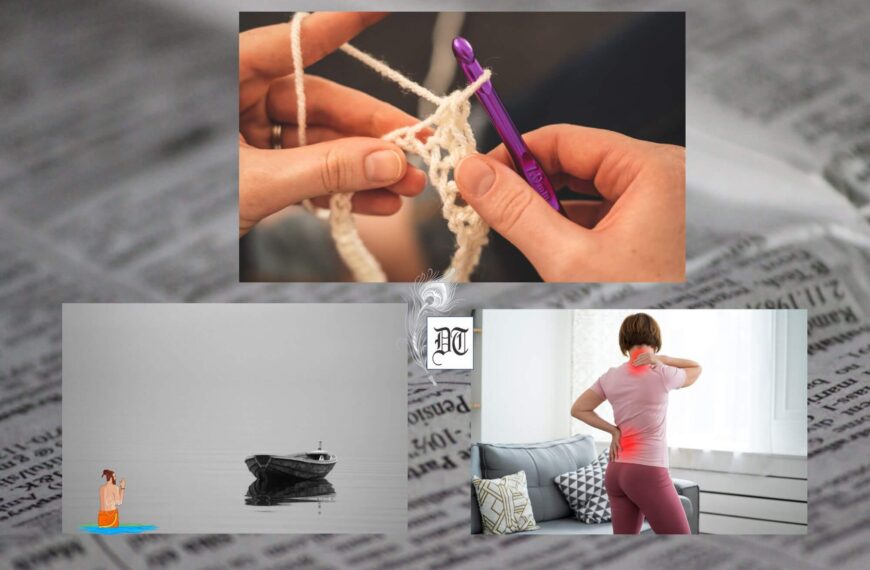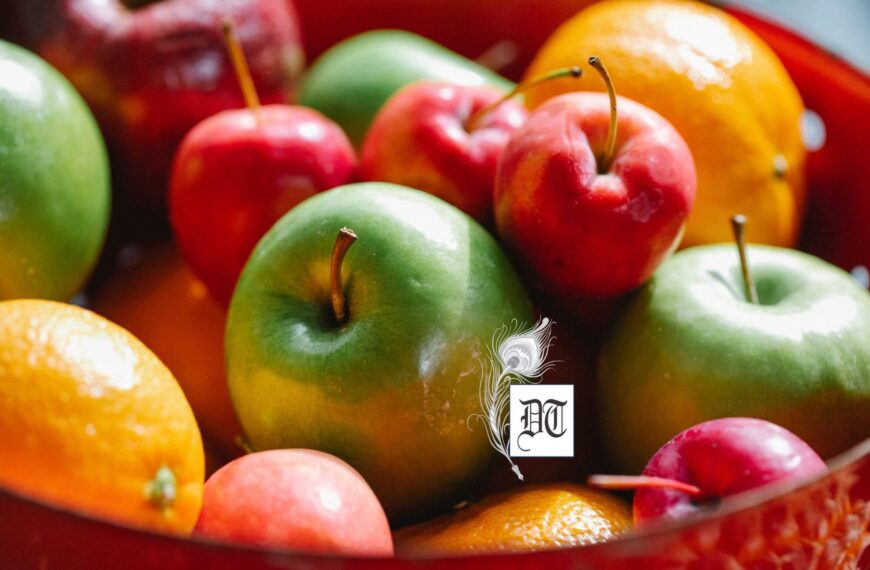Navodita, our Yoga expert, tells us about six asanas, a few rigorous sitting postures, for meditative action. The postures are Parvata Asana, Tola Asana, Simha Asana (two stages), Kukkuta Asana, Goraksha Asana and Baddha Padma Asana. Here’s the secret to holistic health, in the weekly column, exclusively for Different Truths.
It’s that time of the week to flex your muscles, tone your body and zone into some meditative action. Staying with some more rigorous sitting postures to get your blood pumping, here’s a lowdown on a good workout to get you going for the whole week.
Parvata Asana
Parvata means a mountain. This is a variation of the Padma Asana. In this, first get seated into a good Padma Asana. Now interlock the fingers, and stretch the hands vertically up over the head. Keep the head bent forward with the chin on the breastbone. Stretch the arms up from the latissimus dorsi (near the floating ribs at the back) and the shoulder-blades. The palms should face upwards. Hold the pose for about thirty seconds with deep and even breathing. Change the crossing of the legs and the interlock of the fingers and repeat the pose, keeping the back erect.
This asana relieves rheumatic pains and stiffness in the shoulders. It helps free movement and to develop the chest. The abdominal organs are drawn in and the chest expands fully.
Its time now to do some more intense variations of Padma Asana – Tola Asana and Simha Asana.
Tola Asana
Tola means a pair of scales. This pose resembles one pan of the scales hence the name. Here’s how to do it.
Remain seated in Padma Asana. Rest the palms on the floor beside the hips. Exhale, raise the trunk and balance only on the hands, stretching out the arms. Rest on the floor, uncross the legs, recross them the other way and again balance on the hands. Balance for as long as possible.
This asana strengthens the wrists, hands and abdominal walls.
Simha Asana I
Simha means a lion. This asana is dedicated to Narasimha, the Man-Lion incarnation of Lord Vishnu. This asana has two main variations. While the first one is simple to do, the second variation is more strenuous and has greater benefits.
Sit on the floor with the legs stretched straight in front in a Danda Asana. Raise the seat, bend the right knee and place the right foot under the left buttock. Then bend the left knee and place the left foot under the right buttock. The left ankle should be kept under the right one. Sit on the heels with the toes pointing back. Then bring the weight of the body on the thighs and knees.
Stretch the trunk forward and keep the back erect. Place the right palm on the right knee and the left palm on the left knee. Stretch the arms straight and keep them stiff. Spread the fingers and press them against the knees. Open the jaws wide and stretch the tongue out towards the chin as far as you can. Gaze at the center of the eyebrows or at the tip of the nose. Stay in the pose for about thirty seconds, breathing through the mouth. Withdraw the tongue and stretch the legs out.
Repeat the pose, first placing the left foot under the right buttock and then the right foot under the left buttock.
The posture cures foul breath and cleans the tongue. It is good as a speech therapy. It also helps one to master the three Bandhas.
Simha Asana II
Sit in Padma Asana. Extend the arms in front and place the palms on the floor, fingers pointing forward. Stand on the knees and then push the pelvic region to the floor. Stretch the back by contracting the buttocks, keeping the arms fully stretched. The weight of the body rests on the palms and knees only. Open the mouth and stretch the tongue towards the chin as far as you can. Gaze at the center of the eyebrows or at the tip of the nose and keep the pose for about 30 seconds. Breathe through the mouth. Repeat the pose after interchanging the position of the legs. Repeat the pose for about thirty seconds in each position.
The pose exercises the liver and controls the flow of bile. The asana relieves a displaced coccyx.
Another variation of Padma Asana is the Kukkuta Asana, which helps in strengthening the wrists and abdomen.
Kukkuta Asana
Kukkuta means a rooster, which this posture resembles.
Sit in Padma Asana. Insert the hands in the space between the thigh and calf near the knees. Start with the fingers and gradually push the hands down up to the elbows. Exhale, raise the body off the floor and balance on the palms keeping the thumbs together. Maintain the balance as long as you can with normal breathing. Rest on the floor, release the hands, change the crossing of the legs and repeat the pose.
This asana works wonders for wrists and abdomen.
Goraksha Asana
Goraksha means a cowherd. It is a difficult balancing pose and you will feel good even if you balance only for a second in this.
Perform Padma Asana, stretch the arms forward and place them on the floor. Rest on the hands and raise the hips from the floor. Stretch the trunk up vertically and stand on your knees. Stretch the thighs and balance gradually by lifting the hands one by one from the floor. When balance is secured, fold the hands in front of the chest and hold the position as long as you can. Gently release the legs.
In this asana, you can achieve a sense of balance. The coccyx gets elasticity with the practice of the pose.
Baddha Padma Asana
Here you have to again sit in Padma Asana. Exhale, swing the left arm back from the shoulders and bring the hand near the right hip. Catch the left big toe, hold the position and inhale. Similarly, with an exhalation swing the right arm back bringing it near the left hip and catching the right big toe. Look up keeping the neck stretched.
Crossing the hands behind the back expands the chest and increases the range of shoulder movements. It also increases the peristaltic activity and relieves constipation.
Enjoy performing these sitting postures until we come back with a few more next time.
©Navodita Pande
Pix from the Net.











 By
By
 By
By

 By
By